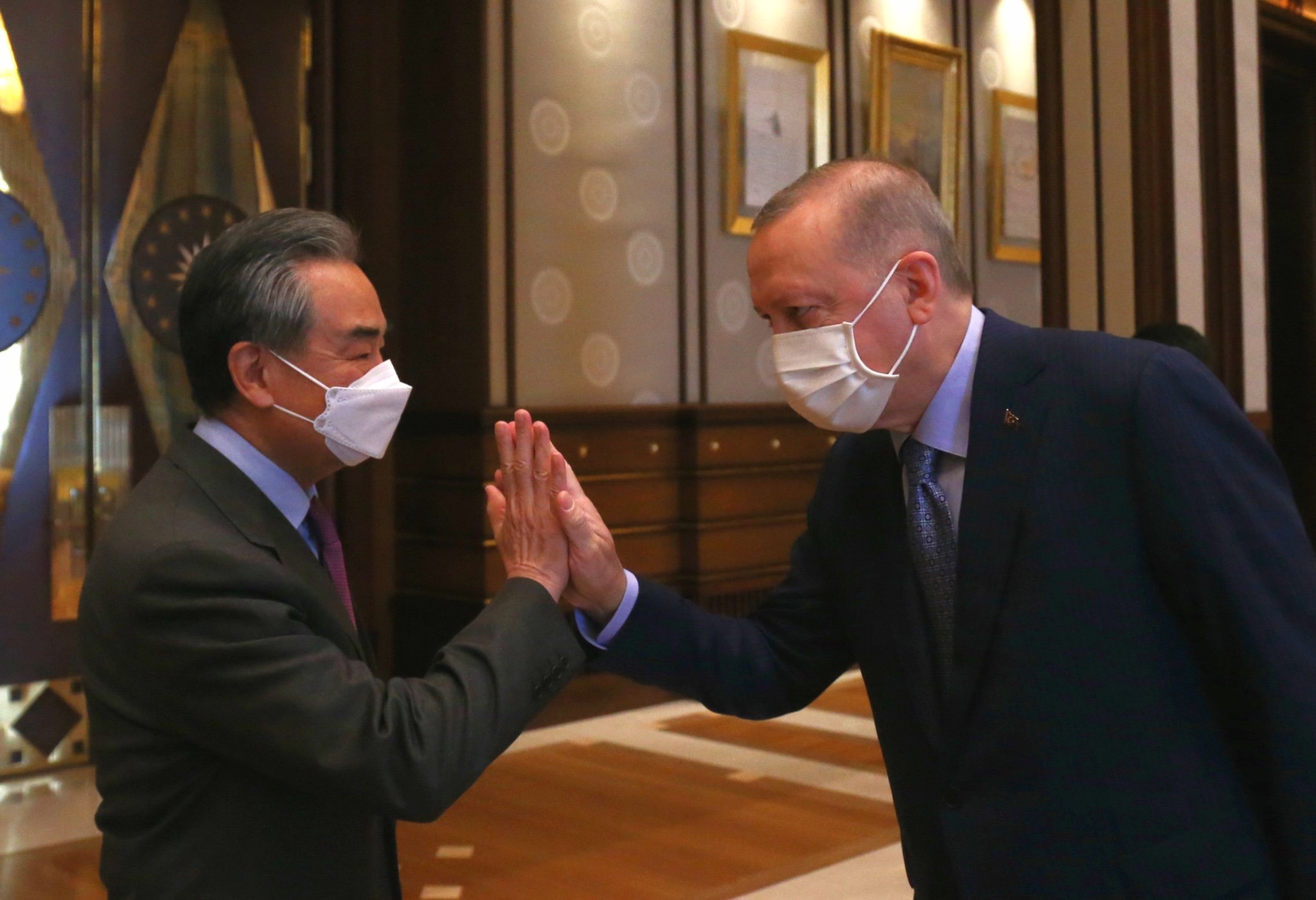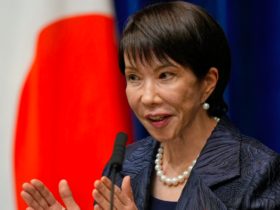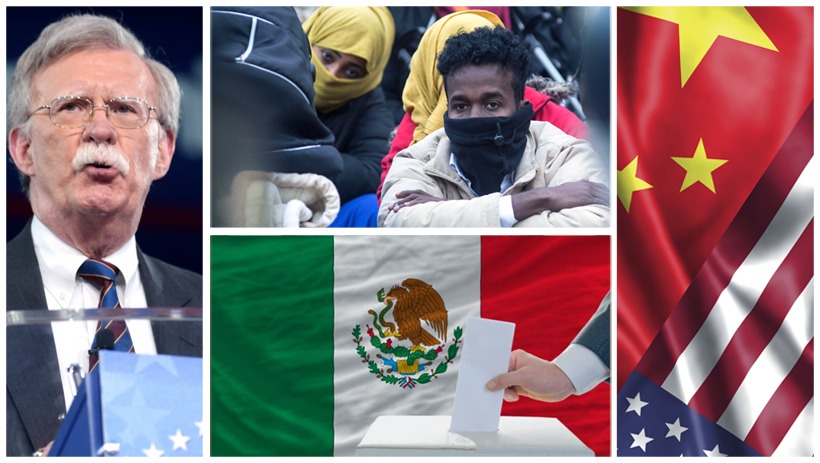Institutionalization of climate action is what’s needed.
Institutionalization of climate action is what’s needed.
By Mehmet Enes Beşer
As the planet hurtles towards ecological tipping points, the climate crisis has reached not just an environmental crisis, but a civilizational emergency. Record-breaking heatwaves, disappearing coastlines, crashing biodiversity, and the oceans devouring land with an increasingly accelerating ferocity. Somewhere, this is felt—and politically under-served—more than in Southeast Asia. The ASEAN countries, with over 650 million people, are the best examples of climate exposure. They are home to a number of the most densely populated deltaic areas, rapidly urbanizing coastlines, and imperiled hotspots of biodiversity. Yet despite all that vulnerability, ASEAN is remarkably conservative and fragmented to climate policy. If it is to avoid becoming a cautionary tale of inaction, the organization will have to evolve into a forum of binding climate actions—not words. The days of soft consensus are over; the days of making cooperation stick have arrived.
ASEAN’s climate posture has ever been guided by its traditional working principle: non-interference. It has avoided legally binding commitments in the past, opting instead for declarations, frameworks, and non-binding blueprints. This tactic has served ASEAN so far in maintaining regional stability in politically plural settings. However, the climate crisis differs from other policy problems. It is transboundary, cumulative, and irreversible. Indonesian forest fires devastate Malaysian and Singapore air quality. Vietnamese and Thai flooding disintegrates regional food security. Philippine plastic pollution ends up on Brunei and Cambodian beaches.
To its credit, the ASEAN has acknowledged. The imperative of climate change in several declarations. But implementation remains weak, enforcement is absent, and progress is spotty. The sole legally binding environmental accord in the region, the 2002 Transboundary Haze Agreement, is still violated and enforcement is lax. The regional climate plan is powerless—though not due to ignorance, but institutional weaknesses that deny commitments the institutional scaffolding to be actionable and enforceable. Such institutional failure so undermines credibility and wastes precious time.
The region should not pretend that it had not expected it. Scientific forecasts have long predicted that Southeast Asia will be struck with devastating climate disruptions: rising flooding in the Mekong Delta, sea level rise threatening Jakarta and Bangkok, devastation of the Coral Triangle’s coral reefs, and deadly heatwaves that will make working outdoors a matter of life and death for millions. No longer on the horizon, but already happening. The economic cost is rising. The Asian Development Bank estimates Southeast Asia’s lost GDP potential by 2100 at 11% if climate change is not addressed. Fossil fuel subsidies persist, deforestation continues unchecked, and emissions continue to rise. Inaction is no longer a neutral choice—it is irresponsible.
ASEAN requires a climate compact today: a legally binding agreement among its members that sets targets for emissions reductions, mandates control of deforestation, and links adaptation expenditure with climate science. It should include monitoring and accountability measures, a separate regional climate institution, and enforcement actions that induce cooperation by providing economic assistance as well as reputational sanctions. Developed ASEAN members such as Singapore and Malaysia can lead by providing technical assistance and green finance to lower-income members. The region needs to establish a permanent climate resilience fund as well, which will finance infrastructure, climate-resilient agriculture, and disaster risk reduction projects of the poor member states.
The most robust challenge to bolder action is that climate policy has been thought to be a Western agenda distinct from the development interests of the Global South. This is outdated and dangerous. Southeast Asia can take a uniquely regional road to sustainability—a harmoniously integrated one that reduces poverty, utilizes indigenous wisdom, preserves biodiversity, and has low-carbon growth. Climate action does not have to be expensive; it can be a chance. Southeast Asia can become the renewable energy, climate-resilient city, and sustainable tourism leader with effective policy. But vision requires coordination, not disintegration; determination, not rhetoric.
ASEAN is usually praised for its subtle diplomacy and incremental consensus-building. But climate change is not interested in consensus. It accelerates when there is no leadership with courage. To simply continue to treat the climate crisis as an add-on is to devalue the hour and overvalue the cost. Young people across the region already do. Civil society organizations have begun mobilizing. Green start-ups are emerging. Political will—at a regional level—is enough to mobilize these constituencies and to translate words into sustained policy.
Conclusion
The climate crisis is no longer theoretical—it’s the existential issue of our era, and ASEAN is in its sights. Its economic progress, food security, public health, and social cohesion all hang in the balance depending on how it performs. And it has thus far responded inadequately: coercive, non-binding, and reactive. To address the scale and speed of the crisis, ASEAN needs to do what it has thus far shied away from—it needs to institutionalize climate action in legally binding form.
This is not about abandoning ASEAN’s values of cooperation and consensus; it is about redefining them for a world on fire. It is about realizing that sovereignty will not save any nation from the rising tides, and solidarity will have to be measured in terms of carbon reductions, not communiqués. An ASEAN climate-strong would be more united, more resilient, and more world-credible—not only in statement, but in action.
If ASEAN rises to this challenge, it will not only protect its people and territories—it will offer a new model of regional leadership to the developing world. It will show that cooperation is power, and binding obligations are not a diminution of sovereignty but a guarantee of shared living. The time to act is now, and ASEAN must lead—not merely for itself, but for the world.

















Leave a Reply